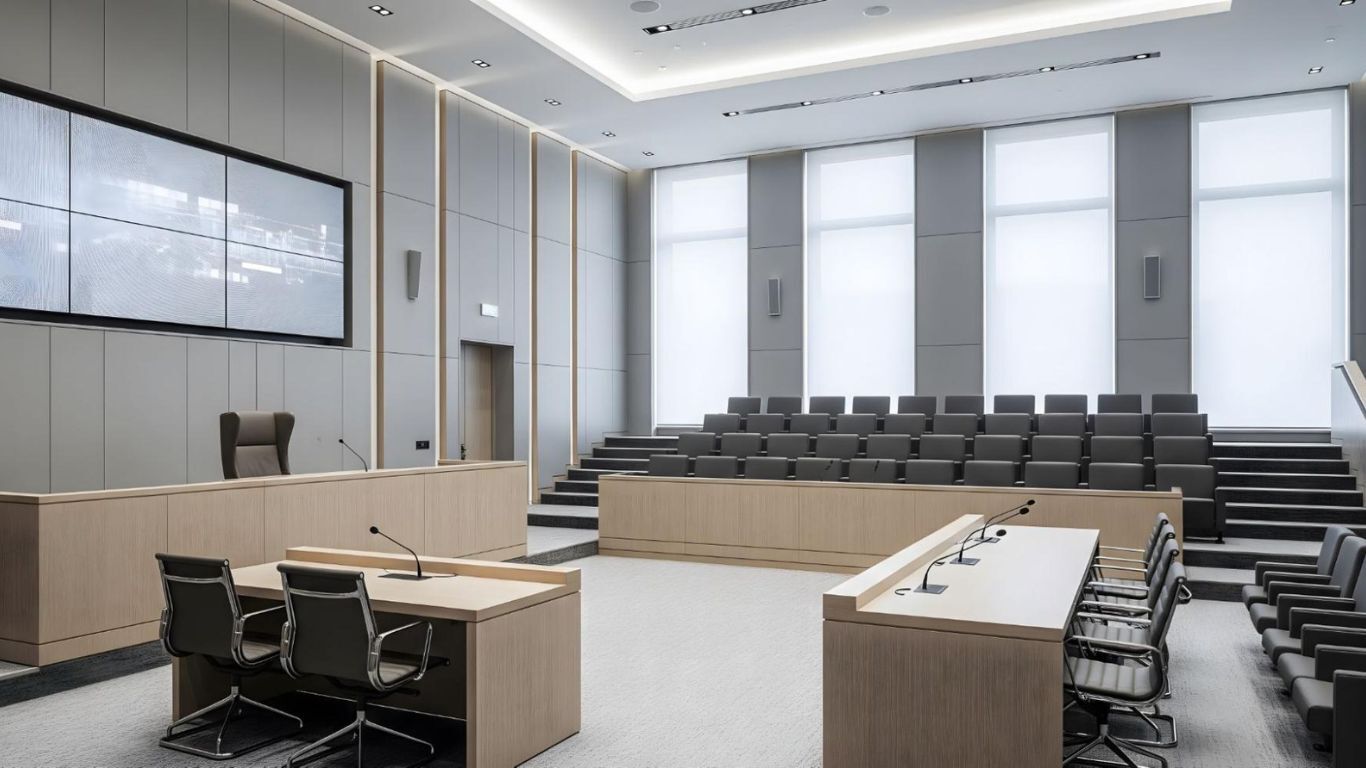In our previous space reduction blogs, we discussed engaging end-users by soliciting their feedback through surveys, showroom tours, force field and quadrant analyses, and group workshops. Once you have collected this feedback, it is essential to organize it to analyze and apply it to your space planning effort.
In our experience, almost all feedback can be categorized into one of three key concept areas: a functional requirement, an adjacency issue, or a mobile design element.
Space Planning Concepts and Illustrations
A functional requirement is a need for a space outside of usual space standards, either in size or functionality.
For example, an individual coordinating computer training sessions might require a room accommodating ten computers and a podium rather than the standard office that an employee would generally be assigned. Capturing these specific functional requirements ensures that the space planning program is tailored to the particular end user and that any additions or modifications to space standards are identified.
Adjacency issues refer to the flow of work throughout the new space.
For example, in your survey, you might learn that the IT specialists need to be close to an exterior wall, not just because they want natural light, but because they need to capitalize on the anti-static properties an outer wall provides.
Another space planning example would be that a mud room or locker to change clothes might need to be directly accessible from a staff entrance. This may be the case for law enforcement offices where many personnel are involved in investigations or other fieldwork. When they come back to the office from field visits, having a room to change directly adjacent to their entrance is an ideal layout.
Finally, a mobile design element is a space planning issue that may affect the size and quantity of collaborative spaces, a need for different technical capabilities to support a mobile workforce or even a different layout of workplace settings.
In a recent group workshop we conducted, we learned that a team of three or four individuals frequently brainstormed using a whiteboard. The simplest solution was installing demountable walls made of whiteboard material on all four sides of a huddle room. However, when we learned that the team members were frequent mobile workers, we changed the room's configuration so that the whiteboard could be placed on one long wall facing the videoconferencing monitor. This allowed mobile workers to view the whiteboard wall and participate effectively.
Now that you have compiled a list of all the functional requirements, adjacency issues, and mobile design elements, it’s time to modify your initial space requirements to develop a set of conditions tailored to your specific end-users. Our next blog will discuss this on-site programming effort.










.jpg)


.jpg)
.jpg)
.jpg)
.jpg)
.jpg)
.jpg)
.jpg)


